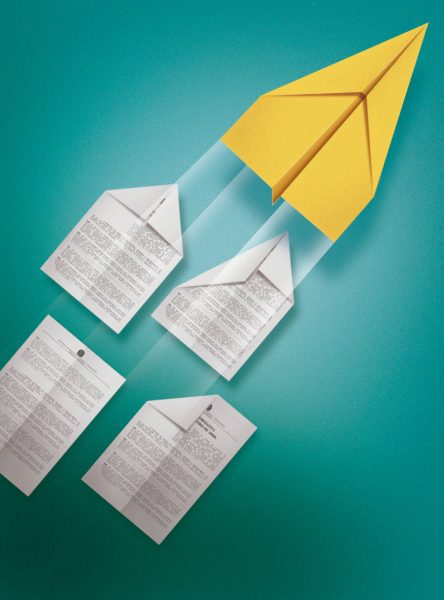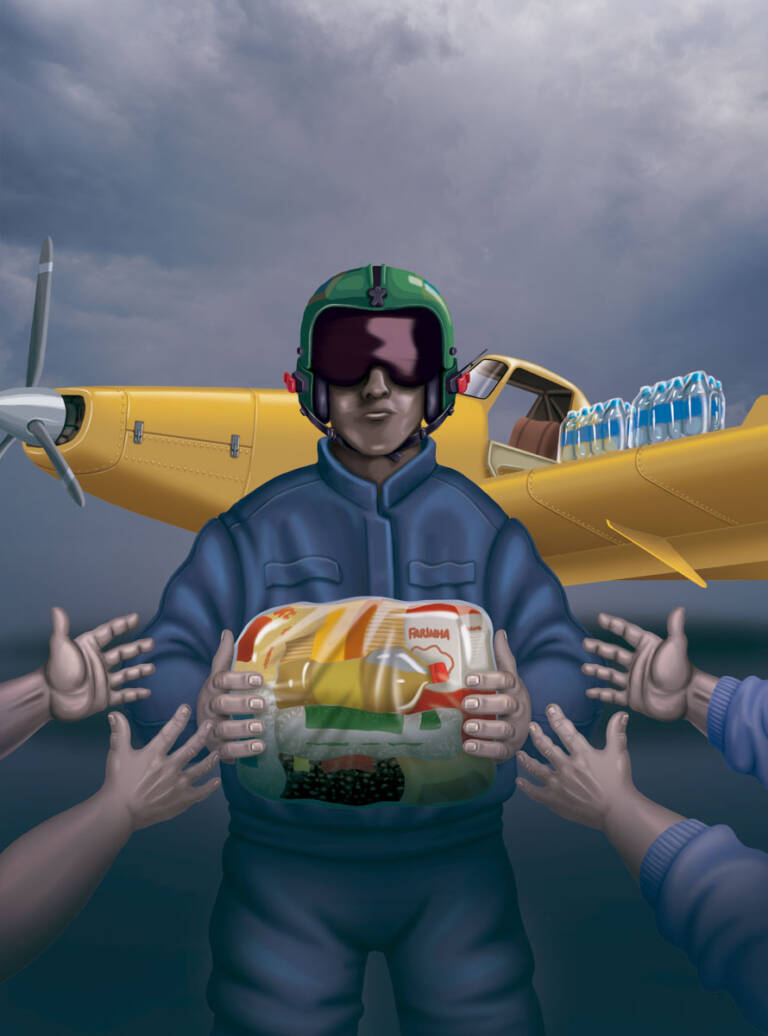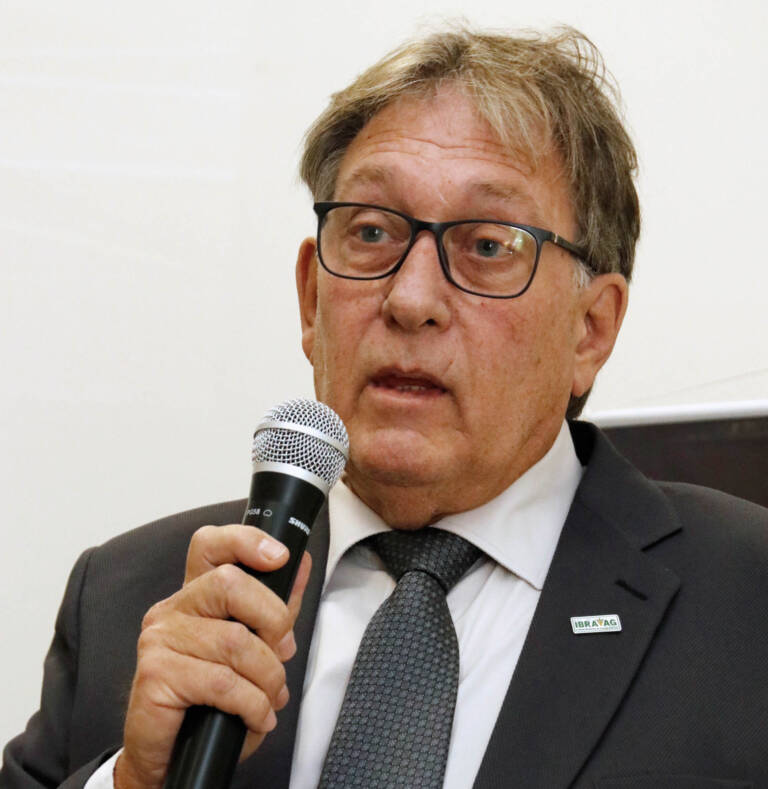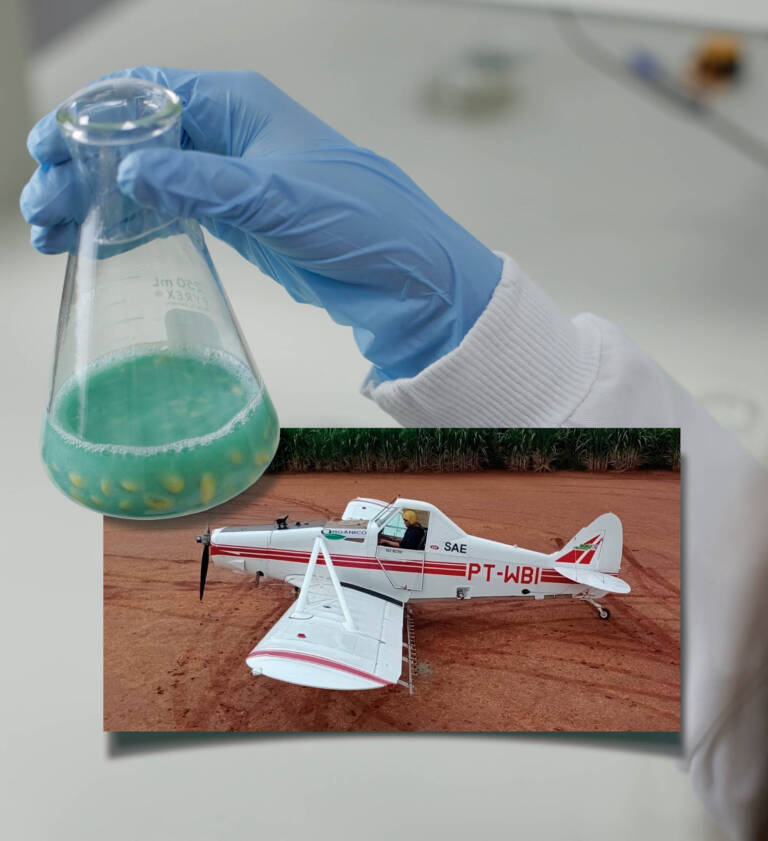2024 starts with aero agricultural operators looking to the actualizations of the legislation that rules the sector, as well as the guidelines that regulate supplies applied in the crops. Whilst still adapting to the New Defensives Law, which was approved before the lights went out in 2023 – published in the Federal Official Gazette (DOU, in Portuguese) on December 28 – expectations are turning to the approval of the new wording of Decree (D) 86.765/81, which regulates the Decree of Law (DL) 917, of October 7, 1969, which formalized the activity in Brazil, and which brings in its wake the modernization of Normative Instruction (IN) 02 of 2008, which will become an Executive Order.
The sector is optimistic. “The current Decree is cutting-edge, as it even has environmental protection standards, but with the advance of technology and knowledge, there is an opportunity to adapt the regulation to the current state of the art in agricultural aviation,” says Ricardo Vollbrecht, legal advisor to the National Union of Agricultural Aviation Companies (Sindag) and the Brazilian Agricultural Aviation Institute (Ibravag). The fact that the issue is being discussed by the Union, with debates, public consultations and suggestions, leads to the interpretation that the matter is being conducted in such a way as to serve the market, society and the environment.
THE REVINDICATION
The line of reasoning supported by the lawyer is that the Federal Government deals with agricultural aviation and even updates its regulations in line with technological and operational advances in the sector. In this context, the operators asked for it to be put down in writing that if there is state inspection, it should be restricted to the issue of pesticides, as is already the case. This demand is included in article 6 of the draft, which is already at the MAPA’s (Ministry of Agriculture in Brazil) Legal Consultancy (Conjur).
The new version is intended to freshen up legislation that has been in operation for almost 43 years – Decree 86.765/81 was sanctioned on December 22, 1981. In addition to terminology that is appropriate to the current reality, the changes reduce bureaucracy in the sector, impose responsibility on the rural producer – who is responsible for presenting the agronomic prescription for aerial application – but also define more severe penalties, which can be up to R$150,000 for the most serious cases. Read here: clandestine operators.
This is a topic that is widely debated within the organizations, due to the unfair competition imposed by those who operate informally. Currently, the maximum penalty is no more than R$2,000. “An amount that doesn’t encourage the regularization of the operation,” says the legal consultant, taking into account that the clandestine, precisely because they are not regularized, are difficult to inspect.
Ibravag invests in education to prove that aerial applications are safe
The updating of Decree 86.765/81 opens up space for the Brazilian aerial sector to show that aerial applications are, in fact, safe. In addition to using less agrochemicals per hectare compared to other tools, the legislation requires a qualified multidisciplinary team, from the pilot, through the flight coordinator, who is currently an agro engineer, and the executor technician. In addition, the technology used in the aircraft is state-of-the-art, combined with operation within the right climatic window – temperature, winds and humidity – to ensure efficient application.
The president of the Brazilian Agricultural Aviation Institute (Ibravag), Júlio Augusto Kämpf, believes that education, based on the generation and transmission of knowledge, is crucial in this process of showing society that aerial application technology is safe and effective. And it is in this direction that the organization he is in charge of is working, bringing the importance of the sector for Brazilian agribusiness to agronomy faculties. This is having an effect. In the last year, there has already been an increase in the number of agronomy courses offering the subject of Aerial Application Technology (special article in AvAg Magazine – October/December 2023).
This also includes the creation of the Center for Studies in Aerial Agricultural Activities (NEAAgri, in Portuguese) at the University of Brasilia (UnB), as a result of the 1st National Forum of Agricultural Aviation in the Central Plateau – Fonavagri (full article on pages 8 and 9), on March 6, at the UnB campus in the federal capital. Also at the beginning of March, Ibravag’s management submitted a document to the Federal Council of Engineering and Agronomy (CONFEA, in Portuguese) requesting the creation of an extension course in Aerial Application Technology (more on this subject on page 10).
“As well as scientifically validating the technology, we want to improve the application process more and more, and make sure that this knowledge is shared,” says Kämpf. To this end, Ibravag, together with Sindag, has participated whenever called upon to contribute to modern regulations without bureaucracy holding back progress in the activity.
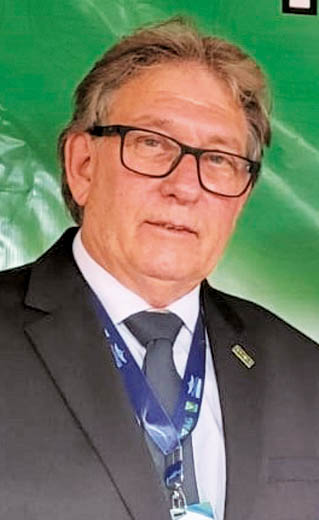
New decree is at Conjur for legal analysis
The new Decree on agricultural aviation is harmonized with the most recent regulations, removing excess detail, as well as updating the nomenclature of documents, including Normative Instruction (IN) 02, which regulates the Decree, which will become an ordinance. “It’s more than 40 years old, it’s a very old decree, it still mentions the Ministry of Aeronautics, which doesn’t even exist anymore”, says the head of the Agricultural Aviation Division (DIAA) of the Ministry of Agriculture and Livestock (MAPA), Uéllen Lisoski Duarte Colatto.
The draw that revokes the current decree and that will rule the Decree 917 of 1969, was sent to the CONJUR for an evaluation in the beginning of March. A proposal that started to be discussed in 2021 followed by 2022 and 2023, including a new consultation between December 2023 and January of this year, comes with the “Law of Self-control”, which made even smaller the new decree.
Sanctioned on December 29, 2022, Law 14.515 took the administrative rite, which is currently found in the 1981 regulation, to the Secretariat of Agricultural Defense (SDA). “What we’re really leaving in the decree is the essentials,” explains the head of DIAA. For example: who is inspected, the subject of the inspection, the issue of compulsory registration stays in the Decree, but the details will be in the Ordinance, which will replace IN 02.
It will also leave the decree the details about the documents that need to be presented to formally register an aero agricultural operator. “Those are aspects that we understand that don’t fit in a decree because they need to be constantly renewed. They will stay in the Ordinance because having the need for a renewal, it is easier to review it than a presidential decree”, explains Uéllen. So, documents and requirements to the register will be detailed in the Ordinance.
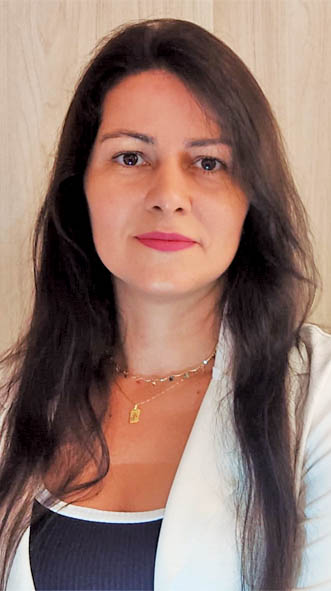
FOMENTATION
One issue that concerns the sector and which has been included in the new decree is the preservation of the article on the promotion and development of agricultural aviation in Brazil, which is already included in Decree 86.765/81. According to Uéllen, the new decree also gives the Ministry of Agriculture, Livestock and Supply the power to stimulate and encourage this activity in Brazil.
However, she adds that the Agricultural Defense Secretariat (SDA), which includes the Agricultural Aviation Division (DIAA), will not be able to deal with the issue, because it is responsible for inspection and has no influence over incentives and credit issues. “We’re going to preserve the article, but it will have to be regulated in another decree proposed by one of the secretariats that work with innovation and technology development,” she said.
SITUATION OF THE MAIN DISTORTIONS INDICATED IN THE REGULATORY IMPACT
Although the updating of the legislation that regulates agricultural aviation is still under discussion, some progress is already being made, especially in the area of human resources. Highlights include the provision of training for civil servants and the scheduling of a new public examination, with 200 job openings for Federal Agricultural Tax Auditors. The ten items were taken from the Regulatory Impact Analysis (RIA) prepared in 2021 by MAPA and other sectors (public and private).
1. INSUFFICIENT EDUCATION PLAN FOR PUBLIC EMPLOYEES
There is a need to establish a constant calendar of training and updates to better prepare technicians and standardize actions across the country.
RECOMMENDATION
Following the change in the MAPA organization chart that took place in 2019, the Agricultural Aviation Division
Aviation Division (DIAA), which was then part of the Secretariat for Agricultural Defense (SDA), has paid attention to the training of its employees. Year after year, they take part in training courses, such as the Agricultural Aviation Workshop, technical meetings, courses for coordinators and remote agricultural applicators, congresses, among other courses. In 2023, more than one hundred MAPA employees were trained in the use of drones in inspection, and in 2024, this same course will be made available to other employees, not just those from MAPA. As soon as the new Decree is published, a round of leveling and harmonization will be held with the civil servants working in inspection.
2. THE NUMBER OF PUBLIC EMPLOYEES NEEDS TO INCREASE
The technical staff available to work in agricultural aviation at MAPA needs to be increased, taking into account the percentage of dedication of each public servant, since they usually work in more than one area within the Agency – data taken from the Annual Operating Plan (POA) 2021 of the Federal Superintendencies of Agriculture (SFAs).
RECOMMENDATION
The replacement of Mapa’s workforce depends on the entry of new civil servants. A public examination is planned for 2024, including 200 vacancies for Federal Agricultural Tax Auditors (AFFAs). However, the influx of people to work in agricultural aviation depends on the distribution of these vacancies within MAPA, which will define in which areas and locations these employees will work.
3. REGIMENTAL ORGANIZATION OF THE ACTIVITY AT MAPA
The MAPA’s regimental organization needs to be revised in order to “cover” all the attributions, whether within the Secretariat for Agricultural Defense (SDA) or in other Secretariats.
RECOMMENDATION
The Agricultural Aviation Division, established within the SDA, is responsible for supervising agricultural aviation activities. Other MAPA competencies, such as credit incentives, development and research, belong to other Secretariats, which should be called upon by the agricultural aviation sector to enforce Decree-Law 917/1969.
4. SUPERINTENDENCIES NOT SUBORDINATE TO THE SDA
The fact that the staff of the SFAs (Federal Superintendencies of Agriculture) are not directly subordinated to the DAS makes it difficult to coordinate, standardize and outline agricultural aviation inspection actions. It is understood that it would be beneficial for the activity if it were verticalized.
RECOMMENDATION
No progress has been made in this area. The verticalization of activities, as was the case with the Department for the Inspection of Products of Animal Origin – Dipoa, has not occurred in other areas of MAPA. This change depends on senior management. However, relations between the AFFAs assigned to the SFAs have been strengthened, coordinating actions, speeding up the release of resources for inspections, especially when investigating complaints, as well as helping them respond to demands from other public bodies, such as the Public Prosecutor’s Office.
5. CONFLICT OF COMPETENCES BETWEEN THE SUPERVISION OF AGRICULTURAL AVIATION (NATIONAL) AND THE SUPERVISION OF PESTICIDES (STATE)
Article 29 of Decree 86.765/1981, which regulates the inspection of agricultural aviation, expressly prohibits duplicate inspections. However, it is not clear how the competencies of the authorities involved are delimited.
RECOMMENDATION
The new Decree on agricultural aviation, which will replace Decree 86.765/1981, will include provisions defining the inspection actions that are the responsibility of MAPA and the state agencies that inspect the use of pesticides, in order to resolve any doubts about the agencies’ competencies.
6. CONFLICT OF COMPETENCES BETWEEN MAPA AND STATE ENVIRONMENTAL INSPECTION BODIES
State agencies use MAPA legislation to carry out inspections and impose sanctions on those regulated. However, they often do so without harmonization, conflicting with MAPA’s own understanding of the rules or generating double inspection, which is damaging to the sector.
RECOMMENDATION
MAPA is listing its responsibilities in the inspection of agricultural aviation within the new Decree. The clarification of the text in the new Decree seeks to curb duplication of action and conflict of understanding between agencies. However, it is important to emphasize that the competencies attributed to the Ministry of Agriculture and Livestock do not exclude the actions of other inspection agencies, in their respective areas, whether agricultural defense, the environment, public health, civil aviation or public security.
7. DE-STANDARDIZATION OF AGRICULTURAL AVIATION INSPECTIONS CARRIED OUT BY THE STATE SECRETARIES OF AGRICULTURE AND MAPA
The existing legal conflict between aviation and pesticide regulations results in difficulty in standardizing the actions of the state agencies that inspect the use of pesticides, some of which are more, others less active in the activity.
RECOMMENDATION
MAPA is listing its responsibilities for overseeing agricultural aviation within the new Decree. The clarification of the text in the new Decree seeks to curb duplication of action and conflict of understanding between agencies. As already mentioned, the competencies attributed to the Ministry of Agriculture and Livestock do not exclude the actions of other inspection bodies in their respective areas, be they agricultural defense, the environment, public health, civil aviation or public security.
8. OUTDATED LEGAL REQUIREMENTS AND IN SOME ASPECTS DIFFICULT TO INTERPRET
The names of the parties involved in regulating the activity have changed over time as a result of the organization of the Brazilian public sector. For example: the regulatory body for civil aviation in Brazil, formerly the Ministry of Aeronautics, is now the National Civil Aviation Agency – ANAC; in addition, various terms, languages and documents no longer exist or have been renamed, which jeopardizes the understanding and application of the Decree.
RECOMMENDATION
The Decree is undergoing a complete remodeling in terms of the nomenclature of agencies, terms and requirements. In terms of documentary requirements for registration, these will be included in the new Ordinance, which will replace Normative Instruction (IN) 02/2008, in order to facilitate any updates.
9. DISPROPORTIONAL AND INEFFECTIVE FINANCIAL PENALTIES
The main sanction, the fine, is still expressed as the Highest Reference Value (MVR, in Portuguese), an index that is no longer applied, as well as outdated amounts. There is also a need to better specify sanctions according to the infractions.
RECOMMENDATION
With the advent of Law 14.515/2022 – the Law of Self Control, there will be a standardization of the administrative procedure for the entire Secretariat of Agricultural Defense (SDA), which includes agricultural aviation. The new law introduced, among other things, a table of fines updated in Real, where the sanction will be applied according to the nature of the infraction (light, moderate, serious or very serious) and according to the agent’s classification. It also provides for warnings and the revocation of the license of professionals to work in the field of
defense, which did not exist for agricultural aviation. All of this will be in the new agricultural aviation Decree.
10. THE DYNAMISM OF AERO AGRICULTURAL SECTOR
The entrance of new technologies in the aero agricultural sector is not aligned with the exigencies and requirements brought by the current legislation.
RECOMMENDATION
In recent years, the aero agricultural sector has experienced the evolution of the use of technologies such as DGPS with data recording, in airplanes, and other positioning systems used in drones, for example. Operators have also improved their control processes using digital technologies, from planning to monitoring and archiving information. In this sense, standards need to be updated. For example, the acceptance of digital signatures on documents and a new way of receiving monthly reports. In addition, the idea is to develop a digital tool for monitoring and managing information on aero-agricultural operations.
Public consultation on IN 02 and Ordinance 298 begins in April
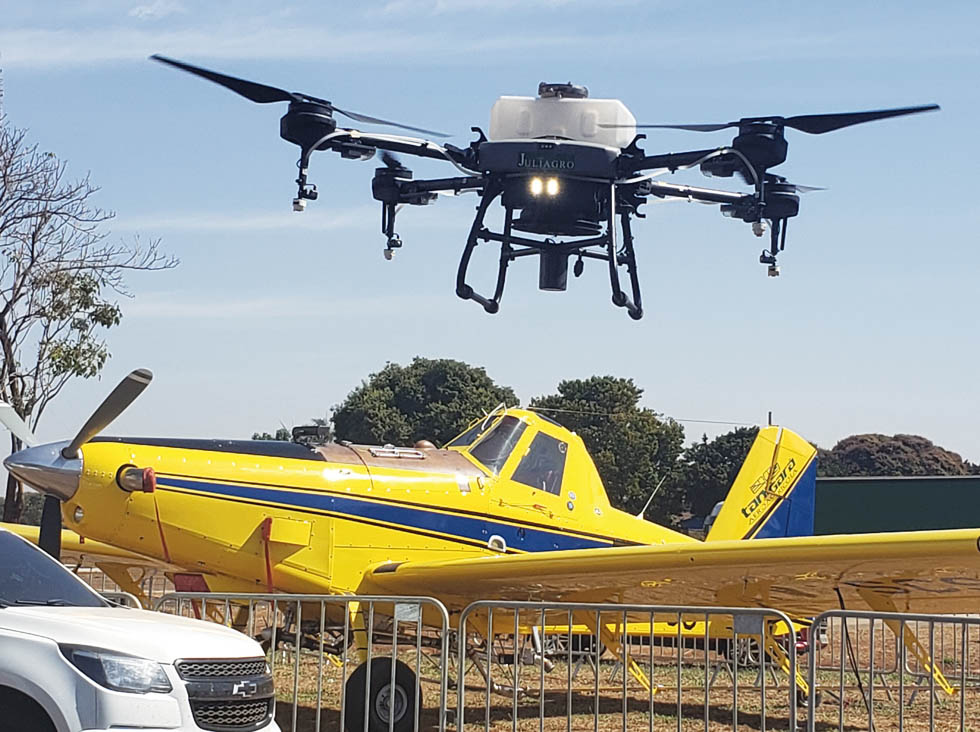
With the draft of the new decree in the Legal Consultancy (Conjur), the Secretary of Agricultural Defense (SDA), the organ to which the Agricultural Aviation Division (DIAA) is attached, is beginning the debates on adapting Normative Instruction (IN) 02 of 2008 to the new regulations for the agricultural sector. In fact, the new document, which will now be called an Ordinance, will be up for public consultation in April, so that the sector and society can have their say.
According to the head of DIAA, Uéllen Colatto, in the wake of the Decree that will replace 86.765/81, Ordinance 298, which deals with drones, will also be revised. “We are even looking into merging the two ordinances, as there are many aspects in common when it comes to regulating manned and remotely piloted aircraft,” she said. Regardless, the updating of IN 02 and Ordinance 298 will go hand in hand, and the public consultation on both will be launched at the same time.
The changes are still being analyzed and there is nothing substantial. This is because the sector’s reaction will be taken into account. However, as far as drones are concerned, especially since it is a more recent ordinance, dated September 22, 2021, no drastic changes are planned. One of the issues under debate is who can be an agricultural aviation coordinator. The new Decree is providing for the possibility of the coordinator being, in addition to a higher education professional, also a mid-level professional, with training in agricultural sciences, such as the Agricultural Technician.

